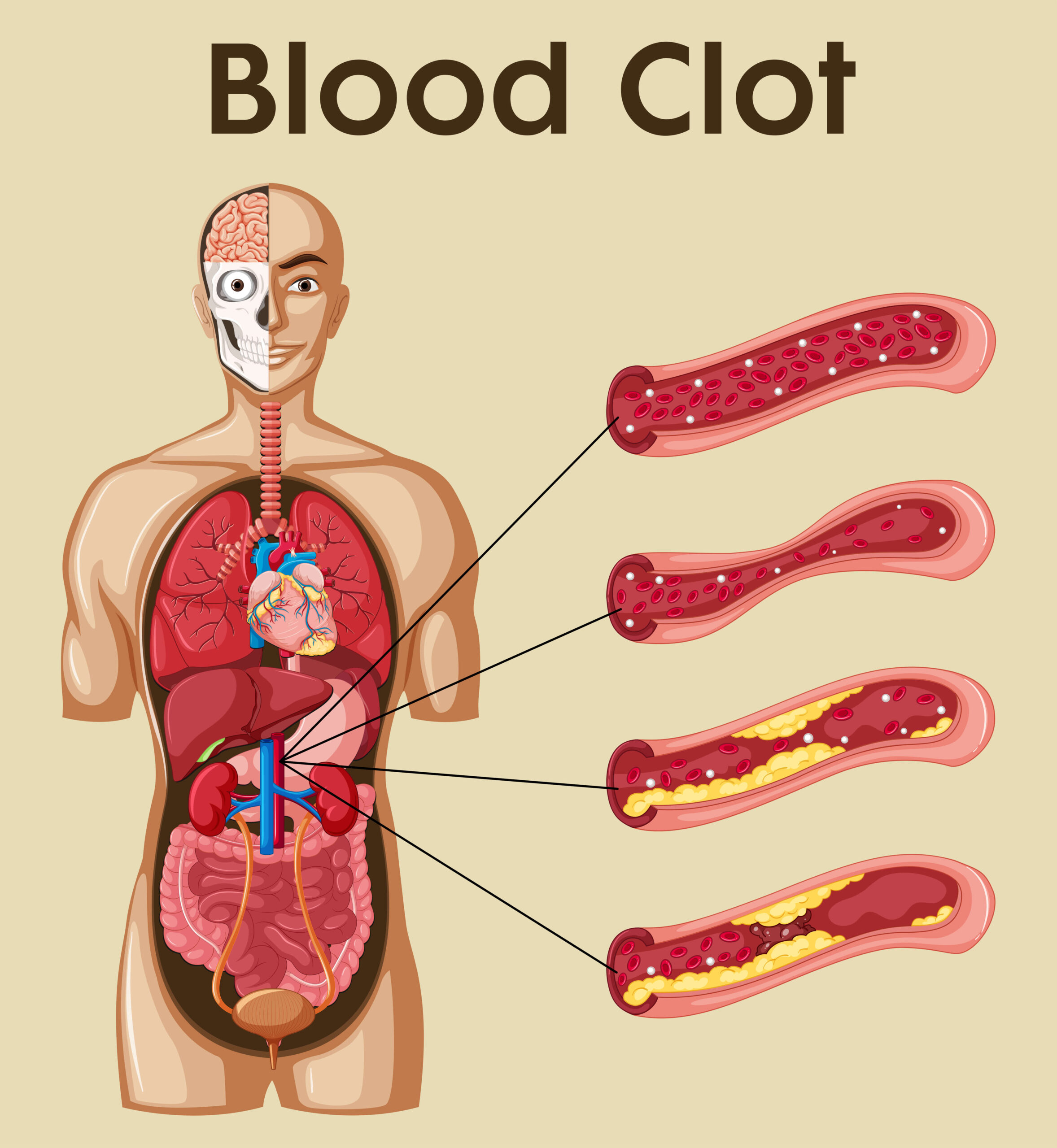Atherosclerosis is a chronic inflammatory condition that affects the arterial walls. It is a complex and multifactorial disease that involves various cellular and molecular mechanisms. Here is an overview of the pathophysiology of atherosclerosis:
Initiation
The development of atherosclerosis begins with the initiation of injury or damage to the innermost layer of the arterial wall, known as the endothelium. Risk factors such as smoking, hypertension, diabetes, and high cholesterol levels can damage the endothelium and initiate the formation of atherosclerotic plaque.
Endothelial Dysfunction
The injury to the endothelium leads to endothelial dysfunction, which is characterized by decreased production of nitric oxide, a potent vasodilator, and increased production of adhesion molecules that attract white blood cells to the arterial wall.
Monocyte Recruitment and Adhesion
The adhesion molecules attract monocytes, a type of white blood cell, to the site of injury. Monocytes adhere to the endothelium and migrate into the arterial wall.
Foam Cell Formation
Once inside the arterial wall, the monocytes differentiate into macrophages and engulf oxidized LDL (low-density lipoprotein) particles, forming foam cells.
Inflammatory Response
The accumulation of foam cells triggers an inflammatory response, characterized by the release of cytokines, chemokines, and growth factors that promote the recruitment of more immune cells to the arterial wall.
Smooth Muscle Cell Proliferation
The smooth muscle cells in the arterial wall also respond to the inflammatory signals and begin to proliferate, contributing to the formation of a fibrous cap over the plaque.
Plaque Rupture
The plaque can become unstable and rupture, exposing the highly thrombogenic core to the bloodstream, leading to the formation of a blood clot, or thrombus, that can occlude the artery and cause an acute cardiovascular event, such as a heart attack or stroke.
Read also Atherosclerosis and Coronary Heart Disease
atherosclerosis is a complex disease that involves a series of cellular and molecular events that lead to the formation of atherosclerotic plaque in the arterial wall. These events include endothelial dysfunction, monocyte recruitment and adhesion, foam cell formation, inflammatory response, smooth muscle cell proliferation, and plaque rupture. Understanding the pathophysiology of atherosclerosis is essential for developing effective preventive and therapeutic strategies for this condition.
